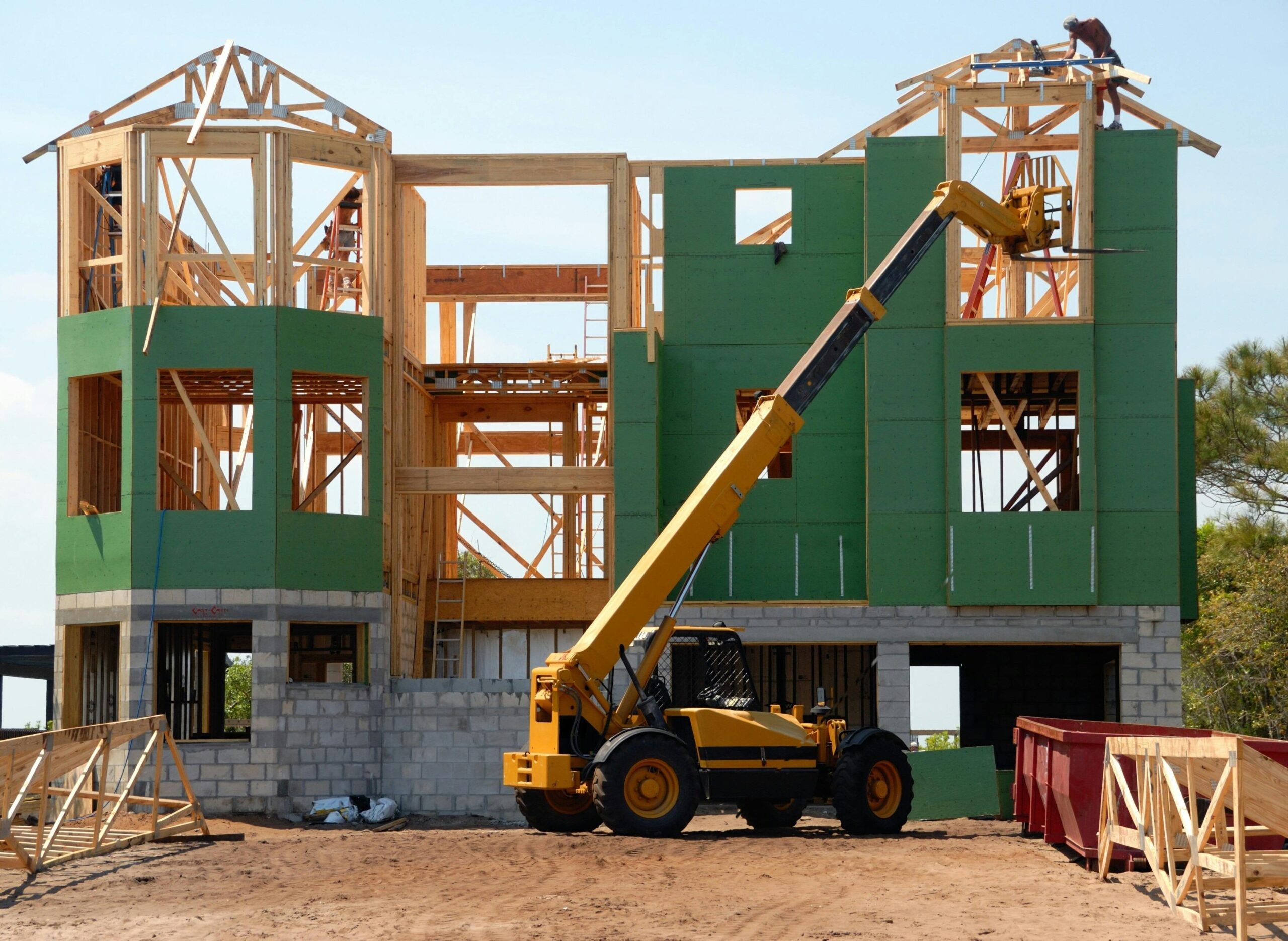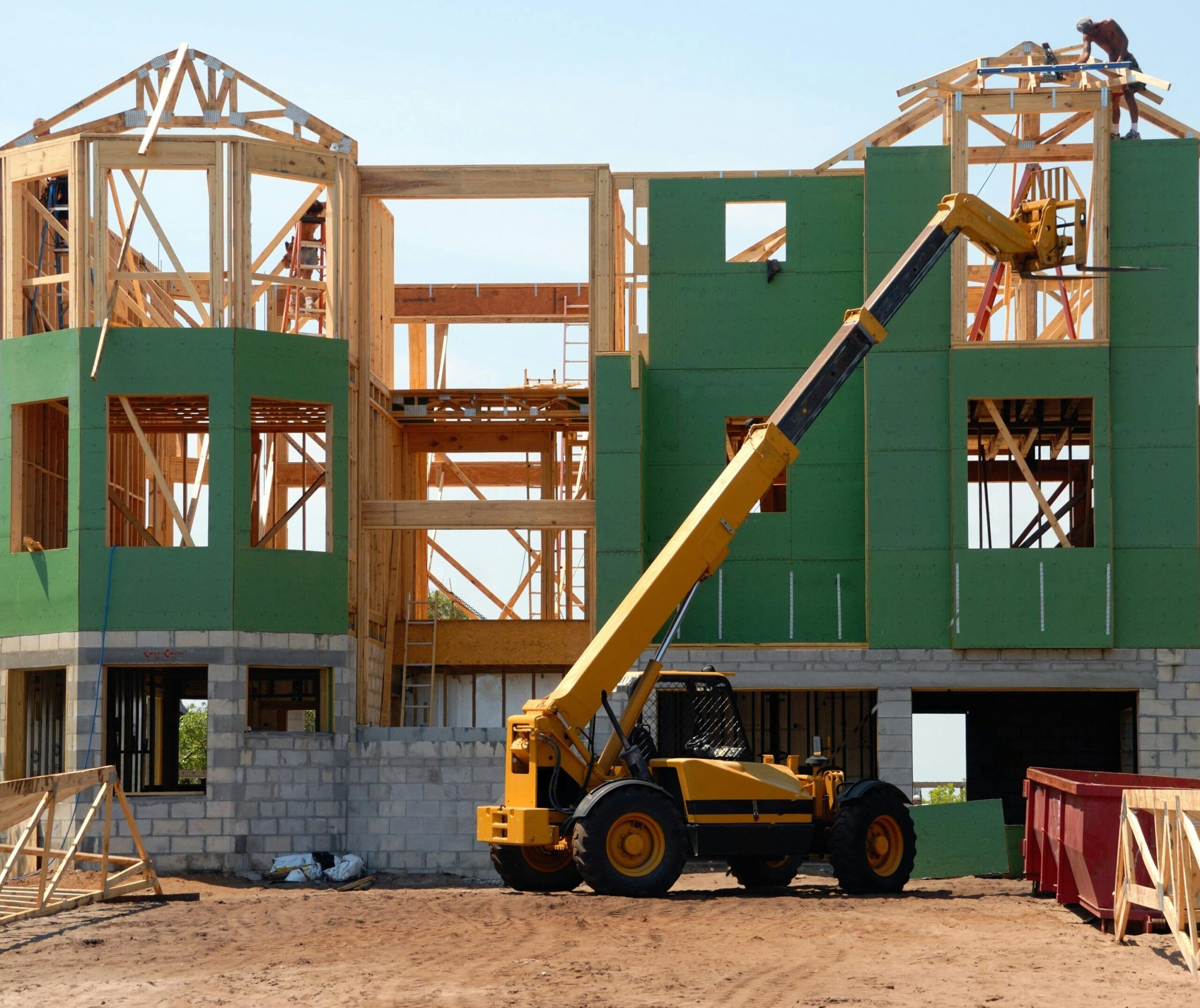Latest News
How to Safely Set Up Your Crane
Dangers of Uneven Ground: Risk Assessment & Solutions
Steel Crane Mats vs Timber Crane Mats
How to Build Temporary Roadways in Marine Applications
How Bog Mats Help Piling Operations
Which Bog Mat Size Should I Use?
Where are Temporary Roadways Required?
Can Bog Mats Be Used As Bridges?
Five Reasons to use Hardwood Outrigger Pads
Temporary Outdoor Flooring Solutions to Make Your Event More Sustainable
How to Protect Ground at Festivals
What Is a Plate Bearing Test?

